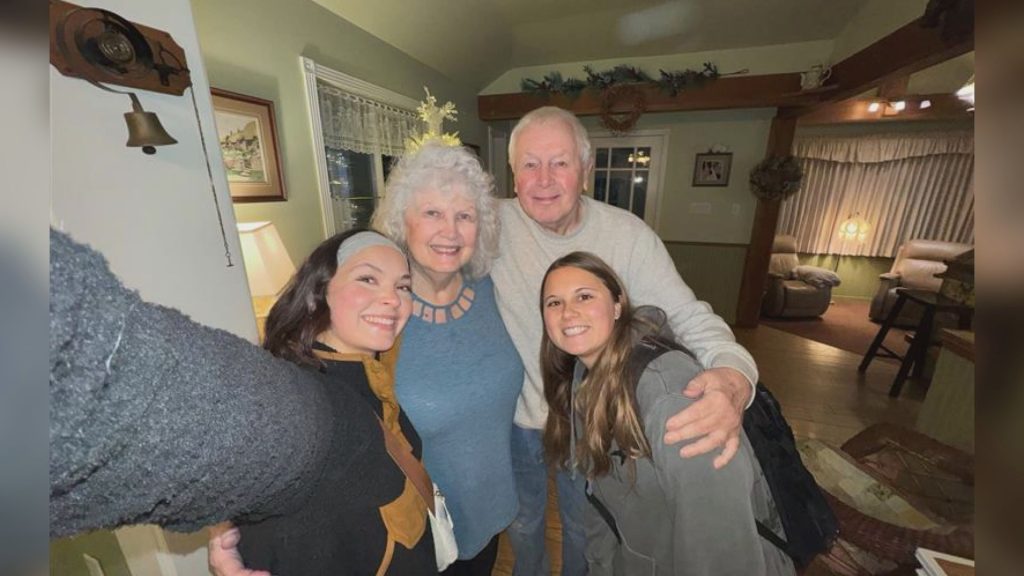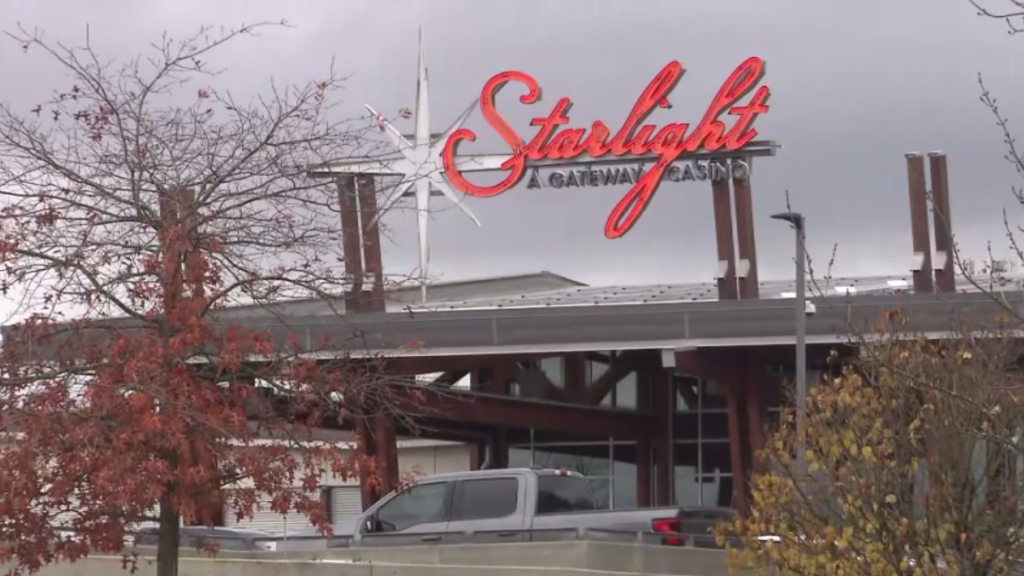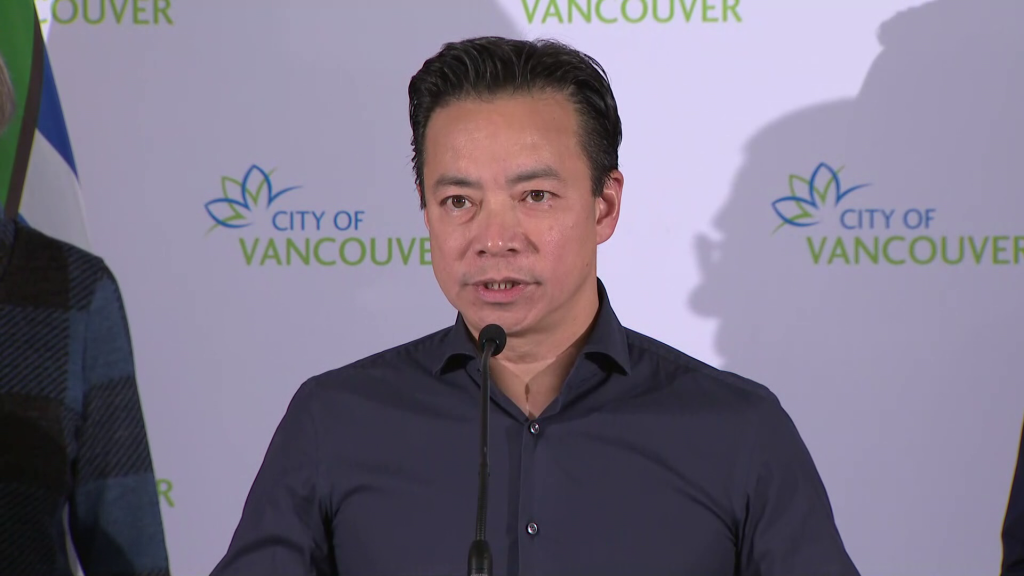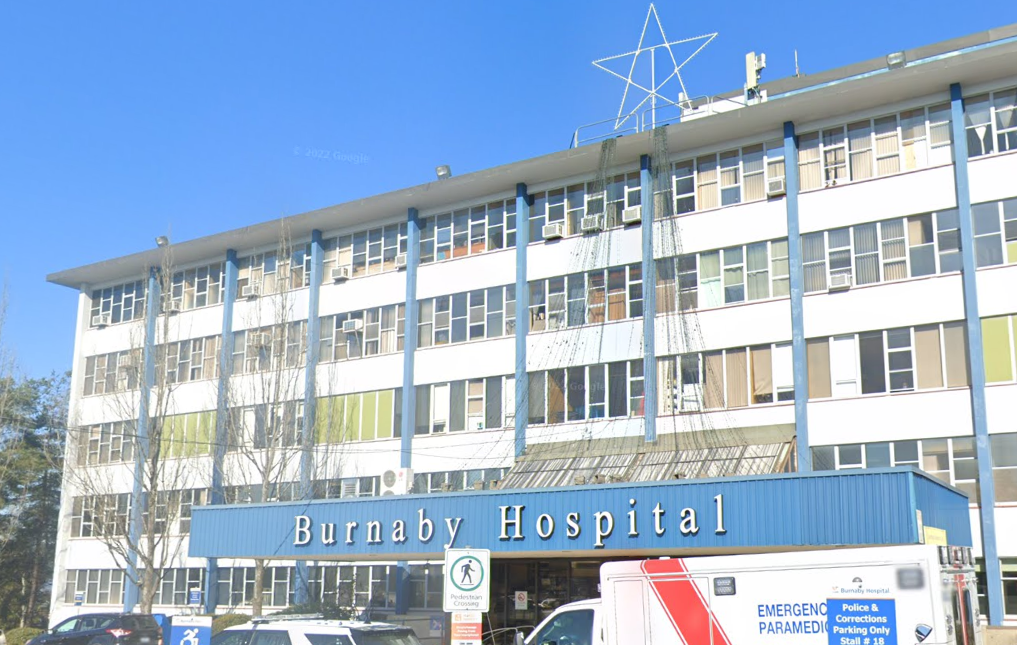Are more trees dying in Vancouver than usual?
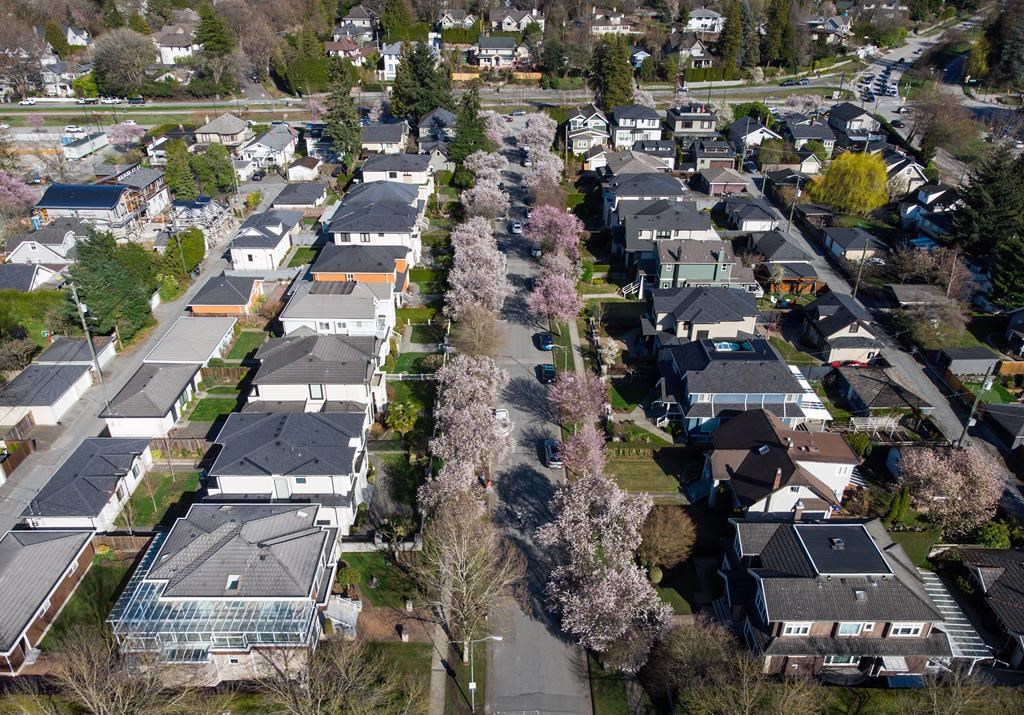
Posted August 27, 2024 12:43 pm.
If you’ve noticed lots of dead or dying trees on the streets of Vancouver, you may not be alone.
Some social media users took note of the apparent trend in a Reddit thread Monday, and the city’s Park Board X (formerly Twitter) account has been fielding complaints about dead trees all month.
Is it me or did we lose a lot of trees this summer?
byu/Pluggyvids invancouver
The City of Vancouver’s associate director of urban forestry and specialty parks, Joe McLeod, tells 1130 NewsRadio that he agrees there may be more dead trees now than usual, and the cause is multifaceted.
He says development and infrastructure renewal, density, people walking over tree pits, and vandalism all contribute to why trees die in the city.
“There’s just a multitude of factors — new pests, new pathogens — that are affecting trees. So there’s always a very dynamic environment in cities, and trees seem to take the brunt of that stress,” said McLeod.
One Reddit user posited that the cause may have been the sudden, record-low temperatures that swept across the Lower Mainland in January, but McLeod says it’s rare that a single climate event could kill many trees at once.
“It is really difficult to track the direct impacts from extreme weather events, because typically with weather, trees will be able to shoulder one or two, or three years consecutively of those types of events. but it’s when they kind of cumulatively build up season over season,” he said.
The trees in Vancouver have been through multiple extreme heat waves and cold snaps in recent years, and McLeod says certain species may be able to survive one and not the other.
“So palms are a classic example of trees that are right on the edge of the range of tolerance in our climate. And so when we see the weather straying outside of that range, they tend to die back.”
McLeod says the city keeps track of dead or dying trees as part of its efforts to replace them. He says the city’s tree risk assessors also take an inventory of newly dead trees to know which ones to target for removal and replacement. Many of the city’s street trees, McLeod says, were planted 70 to 80 years ago and are reaching the end of their natural life span.
“I would say, on average, we’re removing probably close to 2,000 or more trees every year and replacing them,” said McLeod. “And so I think we’ll be seeing, you know, this trend of ongoing tree removal and replacement continuing in perpetuity.”
In recent years, the city adopted a goal of having 30 per cent tree canopy cover by 2050. McLeod says Vancouver currently has “about 25 per cent” cover, and nearly a third of that is on private land, making it difficult to regulate.
Last week the city launched its ‘Adopt a Tree’ program, designed to promote the stewardship of Vancouver’s urban forest while supporting its goals of increasing canopy. Residents can help new plantings survive their early growth period through regular watering.
McLeod says the most important thing the city can — and is — doing to help trees survive is selecting the right species in the first place.
“Choosing the right tree that’s matched to the site and the site conditions is the single most important piece of it. And then after that, it’s cultural practices,” said McLeod.
Those practices, he says, involve how city streets are planned and maintained — ideally with tree placement and survival in mind. Historically, he says trees in urban areas are planted in what are called ‘tree coffins’: shallow concrete wells without enough soul to support root growth.
“When the tree gets planted, it looks good for the first year or two, but it would be akin to putting a shark in a goldfish bowl. In the sense that that tree has the genetic capacity to grow maybe 50 feet tall or 60 feet tall, but we put it in essentially a crucible of maybe one cubic meter of soil, and it’s not going to do anything if with that minimal soil volume,” he said.
McLeod says the city’s canopy goal isn’t purely for aesthetic or property value purposes. Naturally, he says, trees provide thermal shelter in both cold and hot weather, capture CO2 from the atmosphere, and dissipate wind. But he says “the majority of the values are actually intangible” and hard to quantify.
“There’s lots of evidence to suggest that trees have a major impact on human health. Not only to help the health of ecosystems for wildlife, etc., but human health in terms of a lower incidence of ADHD in kids that grow up and are being schooled in treed environments. There’s evidence to suggest that hospital stays are actually shortened when people have views of green spaces and trees. There’s evidence to suggest that people’s willingness to spend in retail districts actually goes up in retail districts that are treed. Just the general, you know, the livability of the city and enjoyment of the space tends to go up in treed spaces.”
He says the city does replace every dead tree as a rule, but damaged branches, weather, and other many factors can affect how quickly crews are able to do so.
